Home>Gardening & Outdoor>Landscaping Ideas>When To Fertilize My Grass
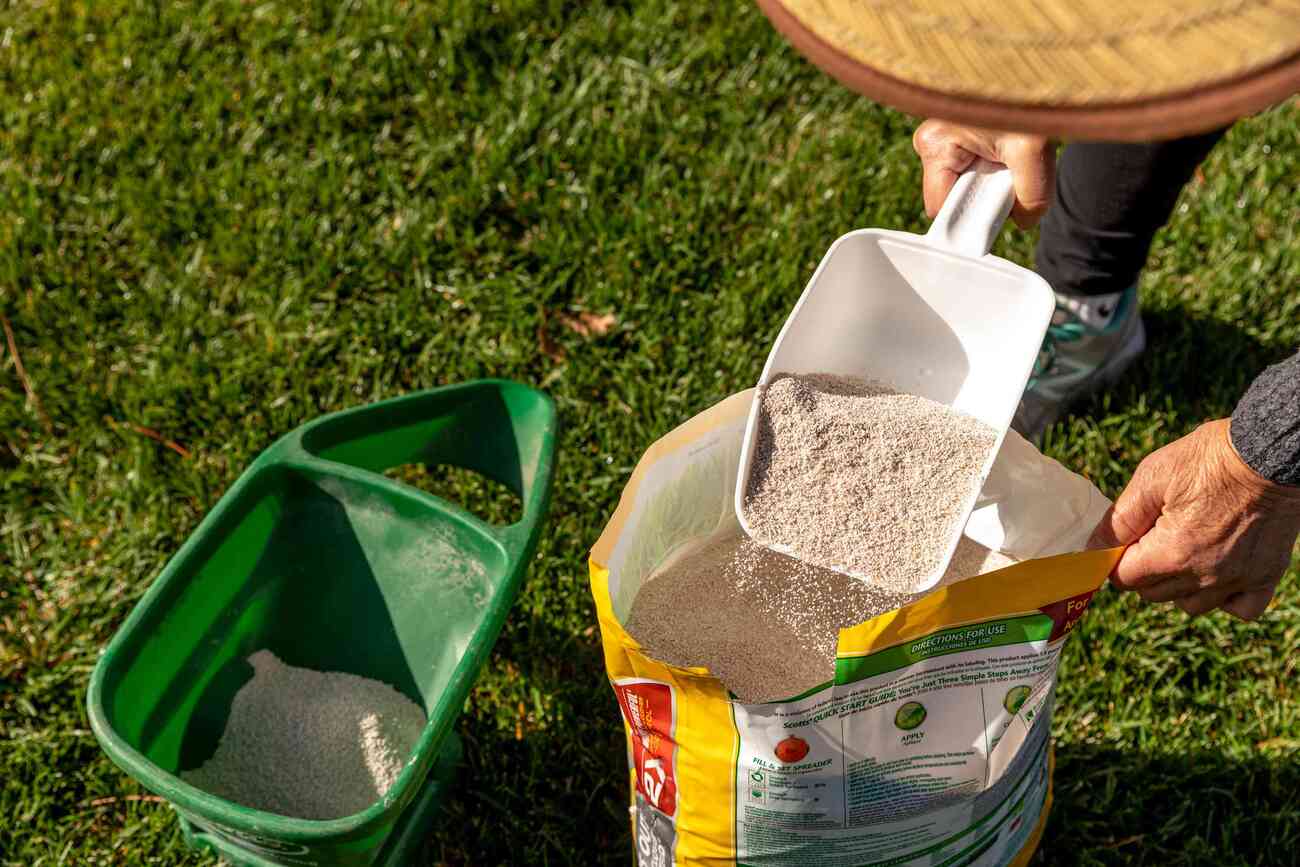

Landscaping Ideas
When To Fertilize My Grass
Modified: March 27, 2024
Discover the best timing for fertilizing your grass with our expert landscaping ideas. Learn when and how to nourish your lawn for a healthy, vibrant yard.
(Many of the links in this article redirect to a specific reviewed product. Your purchase of these products through affiliate links helps to generate commission for Storables.com, at no extra cost. Learn more)
**
Introduction
**
Maintaining a lush, vibrant lawn requires more than just regular mowing and watering. Fertilizing your grass is a crucial aspect of lawn care that can significantly impact its health and appearance. By providing essential nutrients to the soil, fertilization promotes robust growth, improves color, and strengthens the overall resilience of your grass. However, knowing when and how to fertilize your lawn is key to achieving optimal results.
In this comprehensive guide, we will delve into the art of grass fertilization, exploring the different types of fertilizers, the best times to apply them, and the essential factors to consider before embarking on this vital lawn care practice. Whether you're a seasoned lawn enthusiast or a novice homeowner looking to elevate your lawn care game, this article will equip you with the knowledge and insights needed to nurture a thriving, verdant lawn.
Let's embark on this journey to unlock the secrets of effective grass fertilization, ensuring that your lawn becomes the envy of the neighborhood while fostering a healthy, sustainable ecosystem right in your backyard.
Key Takeaways:
- Grass fertilization is essential for vibrant, healthy lawns. Understanding your grass type, soil composition, and seasonal timing is crucial for effective fertilization.
- Signs like faded color and slow growth indicate your grass needs fertilizing. Applying the right fertilizer with proper techniques can transform your lawn into a lush, verdant oasis.
Read more: When To Fertilize My Bermuda Grass
Understanding Grass Fertilization
Grass fertilization is a fundamental practice that involves supplementing the soil with essential nutrients to support the healthy growth and development of grass plants. These nutrients, typically consisting of nitrogen (N), phosphorus (P), and potassium (K), play pivotal roles in various aspects of grass health, from root development to overall resilience.
When applied correctly, fertilizers provide the necessary nutrients that may be lacking in the soil, thereby addressing deficiencies and promoting robust grass growth. Nitrogen supports leaf and stem development, giving the grass its lush green color and promoting vigorous growth. Phosphorus aids in root development and overall plant establishment, while potassium enhances disease resistance and stress tolerance, ensuring that the grass can withstand environmental pressures.
Understanding the nutrient requirements of your specific grass type is crucial in determining the appropriate fertilizer formulation and application frequency. Different grass species have varying needs, and a tailored approach to fertilization can yield superior results. Additionally, grasping the concept of slow-release versus quick-release fertilizers is essential, as it impacts the longevity and effectiveness of the nutrient delivery to the grass.
By comprehending the intricacies of grass fertilization, you can make informed decisions regarding the selection and application of fertilizers, ultimately optimizing the health and beauty of your lawn. In the following sections, we will explore the different types of grass fertilizers available, the key factors to consider before fertilizing, and the best times to apply these essential nutrients to your grass.
Types of Grass Fertilizers
When it comes to fertilizing your grass, you’ll encounter a variety of fertilizer options, each designed to cater to specific lawn care needs. Understanding the different types of grass fertilizers is essential for selecting the most suitable option for your lawn. Here are the primary types of grass fertilizers:
1. Granular Fertilizers
Granular fertilizers are dry, solid formulations that are applied to the lawn using a spreader. They come in various formulations, including quick-release and slow-release options. Quick-release granular fertilizers deliver nutrients rapidly, providing an immediate boost to the grass. On the other hand, slow-release granular fertilizers release nutrients gradually over an extended period, promoting sustained growth and reducing the risk of nutrient runoff.
2. Liquid Fertilizers
Liquid fertilizers are concentrated nutrient solutions that are diluted with water and applied to the grass using a sprayer. They are quickly absorbed by the grass, making them an efficient option for providing a rapid nutrient boost. Liquid fertilizers are often used for foliar feeding, where nutrients are absorbed through the grass blades, resulting in swift uptake and utilization.
3. Organic Fertilizers
Organic fertilizers are derived from natural sources such as compost, manure, or plant-based materials. They provide a slow and steady release of nutrients, enriching the soil and promoting long-term soil health. Organic fertilizers are favored for their environmentally friendly nature and their ability to improve soil structure and microbial activity.
4. Synthetic Fertilizers
Synthetic or chemical fertilizers are manufactured to deliver specific nutrient ratios to the grass. They are formulated to provide rapid results and are often tailored to meet the precise needs of different grass species. While synthetic fertilizers can deliver quick and targeted nutrient boosts, it’s essential to use them judiciously to prevent over-application and potential environmental impact.
By understanding the characteristics and benefits of each type of grass fertilizer, you can make an informed decision based on your lawn’s specific requirements and your desired approach to lawn care. In the next section, we’ll explore the essential factors to consider before embarking on the fertilization process, ensuring that you set the stage for a thriving, healthy lawn.
Factors to Consider Before Fertilizing
Before embarking on the fertilization process, several crucial factors should be taken into account to ensure that you provide your grass with the right nutrients at the right time. By considering these essential elements, you can tailor your fertilization approach to suit your lawn’s specific needs, promoting optimal growth and vitality. Here are the key factors to consider before fertilizing your grass:
1. Grass Type
Understanding the type of grass in your lawn is essential for determining its unique nutrient requirements. Whether you have cool-season grasses like Kentucky bluegrass and fescue or warm-season varieties such as Bermuda grass and Zoysia grass, each type has distinct fertilization needs. By identifying your grass type, you can select a fertilizer that provides the ideal nutrient balance for robust growth and resilience.
2. Soil Composition
Assessing your soil’s composition, including its pH level and nutrient content, is crucial for making informed fertilizer choices. Conducting a soil test can reveal any deficiencies or imbalances, guiding you in selecting a fertilizer that addresses specific nutrient needs. Additionally, understanding your soil’s pH level is vital, as it influences nutrient availability to the grass plants, ensuring that the fertilizer you choose aligns with your soil’s pH requirements.
3. Climate and Season
The climate and prevailing season play a significant role in determining the optimal timing for fertilization. Understanding the seasonal growth patterns of your grass and the climatic conditions in your region will guide you in scheduling fertilization to coincide with periods of active growth and nutrient uptake. By aligning your fertilization schedule with the grass’s natural growth cycles, you can maximize the effectiveness of the nutrients and support vigorous, healthy lawn growth.
4. Environmental Considerations
Environmental factors such as water availability, potential nutrient runoff, and local regulations should be considered before applying fertilizers. By adhering to local guidelines and best practices, you can minimize the risk of environmental impact while promoting sustainable lawn care practices. Additionally, considering water availability and irrigation schedules is essential for ensuring that the fertilizers are effectively absorbed and utilized by the grass.
By carefully evaluating these essential factors, you can develop a tailored approach to grass fertilization that optimally supports the health and vitality of your lawn. In the following sections, we’ll explore the best times to fertilize your grass, signs that indicate your grass needs fertilizing, and the proper techniques for applying fertilizers, empowering you to elevate your lawn care efforts with confidence and expertise.
Fertilize your grass in the early spring or late fall for cool-season grasses, and in the late spring for warm-season grasses. Avoid fertilizing during the summer to prevent stress on the grass.
Best Times to Fertilize Your Grass
Timing plays a pivotal role in the effectiveness of grass fertilization, as applying fertilizers at the right time ensures that the nutrients are optimally utilized by the grass, promoting robust growth and resilience. The best times to fertilize your grass are influenced by various factors, including the type of grass, climate, and seasonal growth patterns. By aligning your fertilization schedule with these considerations, you can maximize the impact of the nutrients and nurture a healthy, vibrant lawn. Here are the best times to fertilize your grass:
1. Early Spring
Early spring is an ideal time to fertilize cool-season grasses such as Kentucky bluegrass, fescue, and ryegrass. As the grass emerges from dormancy and begins active growth, applying a well-balanced fertilizer rich in nitrogen can provide the essential nutrients needed to support vigorous spring growth and promote a lush, green lawn.
2. Late Spring
For warm-season grasses like Bermuda grass, Zoysia grass, and St. Augustine grass, late spring marks the onset of active growth. Applying a fertilizer with a balanced nutrient ratio, including nitrogen for foliar development and potassium for stress tolerance, can bolster the grass’s resilience and prepare it for the upcoming summer heat.
3. Early Fall
Early fall is a critical period for grass fertilization, particularly for cool-season grasses. Providing a well-timed application of fertilizer during this period supports the grass’s recovery from summer stress and promotes robust root development, setting the stage for healthy growth and winter hardiness.
4. Late Fall
Late fall fertilization is beneficial for both cool-season and warm-season grasses. A fertilizer application during this time focuses on strengthening the grass’s root system and enhancing nutrient storage, ensuring that the lawn enters the winter months with the resilience needed to withstand cold temperatures and potential stressors.
By aligning your fertilization schedule with the natural growth cycles of your grass and considering the specific needs of your lawn, you can optimize the impact of fertilizers and foster a healthy, resilient lawn throughout the year. In the subsequent sections, we’ll explore the signs that indicate your grass needs fertilizing and the proper techniques for applying fertilizers, empowering you to nurture a thriving, verdant lawn with confidence and expertise.
Read more: When To Fertilize My Zoysia Grass
Signs Your Grass Needs Fertilizing
Recognizing the signs that indicate your grass is in need of fertilization is essential for maintaining its health and vitality. By observing the condition of your lawn and understanding the subtle indicators of nutrient deficiencies, you can intervene with timely fertilization to address any underlying issues and promote robust grass growth. Here are the key signs that your grass may need fertilizing:
1. Faded or Yellowing Color
If your grass exhibits a faded or yellowing appearance, it may be indicative of nitrogen deficiency. Nitrogen is essential for promoting the vibrant green color of grass and supporting vigorous growth. A well-timed application of nitrogen-rich fertilizer can revitalize the grass, restoring its lush green hue and promoting overall health.
2. Slow Growth and Thinning
Grass that displays slow growth and appears thin and sparse may benefit from fertilization. Insufficient nutrients in the soil can hinder the grass’s ability to develop robustly, leading to stunted growth and reduced density. Applying a well-balanced fertilizer can provide the necessary nutrients to support healthy, vigorous growth, filling in sparse areas and revitalizing the lawn.
3. Increased Weed or Moss Presence
An influx of weeds or the proliferation of moss in your lawn can signal underlying nutrient deficiencies. When the grass is inadequately nourished, it becomes more susceptible to weed encroachment and moss infestation. Fertilizing the grass can bolster its resilience, promoting dense growth that inhibits weed establishment and moss proliferation.
4. Poor Recovery from Stress
If your grass exhibits poor recovery from stressors such as foot traffic, extreme weather, or lawn maintenance activities, it may indicate a lack of essential nutrients. Fertilizing the grass can enhance its ability to withstand stress and recover effectively, ensuring that it remains resilient and healthy in the face of environmental pressures.
By remaining attentive to these signs and promptly addressing any nutrient deficiencies through timely fertilization, you can nurture a vibrant, healthy lawn that becomes the pride of your outdoor space. In the subsequent section, we’ll explore the proper techniques for applying fertilizers, empowering you to elevate your lawn care efforts with precision and expertise.
How to Fertilize Your Grass
Fertilizing your grass is a strategic and rewarding endeavor that, when done correctly, can transform your lawn into a lush, verdant oasis. By following proper techniques for applying fertilizers, you can ensure that your grass receives the essential nutrients it needs to thrive. Here’s a step-by-step guide on how to fertilize your grass effectively:
1. Conduct a Soil Test
Prior to fertilizing your lawn, consider conducting a soil test to assess its nutrient levels and pH. This will provide valuable insights into any deficiencies and guide you in selecting the most suitable fertilizer for your grass’s specific needs.
2. Select the Right Fertilizer
Choose a high-quality fertilizer that aligns with your grass type, seasonal requirements, and any nutrient deficiencies identified in the soil test. Consider whether a quick-release or slow-release fertilizer is more suitable for your lawn’s needs and environmental considerations.
3. Determine the Application Rate
Refer to the fertilizer’s packaging or instructions to determine the appropriate application rate based on your lawn’s size and the specific nutrient requirements. Avoid over-application, as this can lead to nutrient runoff and potential environmental impact.
4. Prepare the Spreader
If using a granular fertilizer, calibrate and prepare the spreader according to the manufacturer’s guidelines. Ensure that the spreader is functioning correctly and set to the recommended application rate to achieve uniform coverage.
5. Apply the Fertilizer
Evenly distribute the fertilizer across your lawn, starting with the perimeter and then moving inwards in a systematic pattern. Overlapping each pass slightly will help ensure consistent coverage and prevent missed areas.
6. Water the Lawn
After applying the fertilizer, water your lawn lightly to facilitate the nutrient’s penetration into the soil. This will aid in activating the fertilizer and promoting efficient nutrient absorption by the grass roots.
7. Timing and Frequency
Adhere to the recommended timing and frequency for fertilization based on your grass type and regional climate. Avoid fertilizing during periods of extreme heat or drought, as this can stress the grass and diminish the effectiveness of the nutrients.
By following these steps and adhering to best practices for grass fertilization, you can ensure that your lawn receives the essential nutrients it needs to flourish. With proper application techniques and a tailored approach to fertilization, you can cultivate a vibrant, healthy lawn that enhances your outdoor living space and elevates your home’s curb appeal.
With these insights and techniques at your disposal, you are well-equipped to embark on a journey of nurturing a thriving, verdant lawn that becomes the pride of your outdoor oasis. By applying the knowledge and best practices outlined in this guide, you can elevate your lawn care efforts with confidence and expertise, fostering a landscape that embodies beauty, vitality, and sustainable health.
Conclusion
Caring for your lawn is a gratifying endeavor that rewards you with a vibrant, lush outdoor space that serves as a source of pride and natural beauty. Grass fertilization is a cornerstone of effective lawn care, providing the essential nutrients needed to support healthy growth, vibrant color, and resilience against environmental stressors. By understanding the nuances of grass fertilization, selecting the right fertilizers, and applying them with precision, you can elevate your lawn care efforts and nurture a thriving, verdant landscape.
Throughout this guide, we’ve explored the art of grass fertilization, delving into the various types of fertilizers, the critical factors to consider before fertilizing, and the best times to apply these vital nutrients to your lawn. By aligning your fertilization practices with your grass’s specific needs, soil composition, and seasonal growth patterns, you can optimize the impact of fertilizers and foster a healthy, sustainable lawn ecosystem.
Recognizing the signs that your grass needs fertilizing empowers you to intervene with timely and targeted fertilization, addressing any nutrient deficiencies and promoting robust grass growth. By remaining attentive to your lawn’s condition and responding proactively to its needs, you can cultivate a vibrant, resilient lawn that becomes the centerpiece of your outdoor living space.
Armed with the knowledge and techniques outlined in this guide, you are poised to embark on a journey of nurturing a thriving, verdant lawn that embodies beauty, vitality, and sustainable health. By applying these insights and best practices, you can elevate your lawn care efforts with confidence and expertise, cultivating a landscape that captivates the senses and fosters a deep connection with nature.
As you embark on your lawn care journey, remember that the art of grass fertilization is a harmonious balance of science, nature, and attentive care. By infusing your lawn care practices with passion and a deep understanding of your grass’s needs, you can create an outdoor sanctuary that enriches your life and the lives of those who experience its natural splendor.
Embrace the art of grass fertilization as a transformative journey, and let the beauty of a thriving, verdant lawn become a testament to your dedication, knowledge, and nurturing spirit.
Frequently Asked Questions about When To Fertilize My Grass
Was this page helpful?
At Storables.com, we guarantee accurate and reliable information. Our content, validated by Expert Board Contributors, is crafted following stringent Editorial Policies. We're committed to providing you with well-researched, expert-backed insights for all your informational needs.
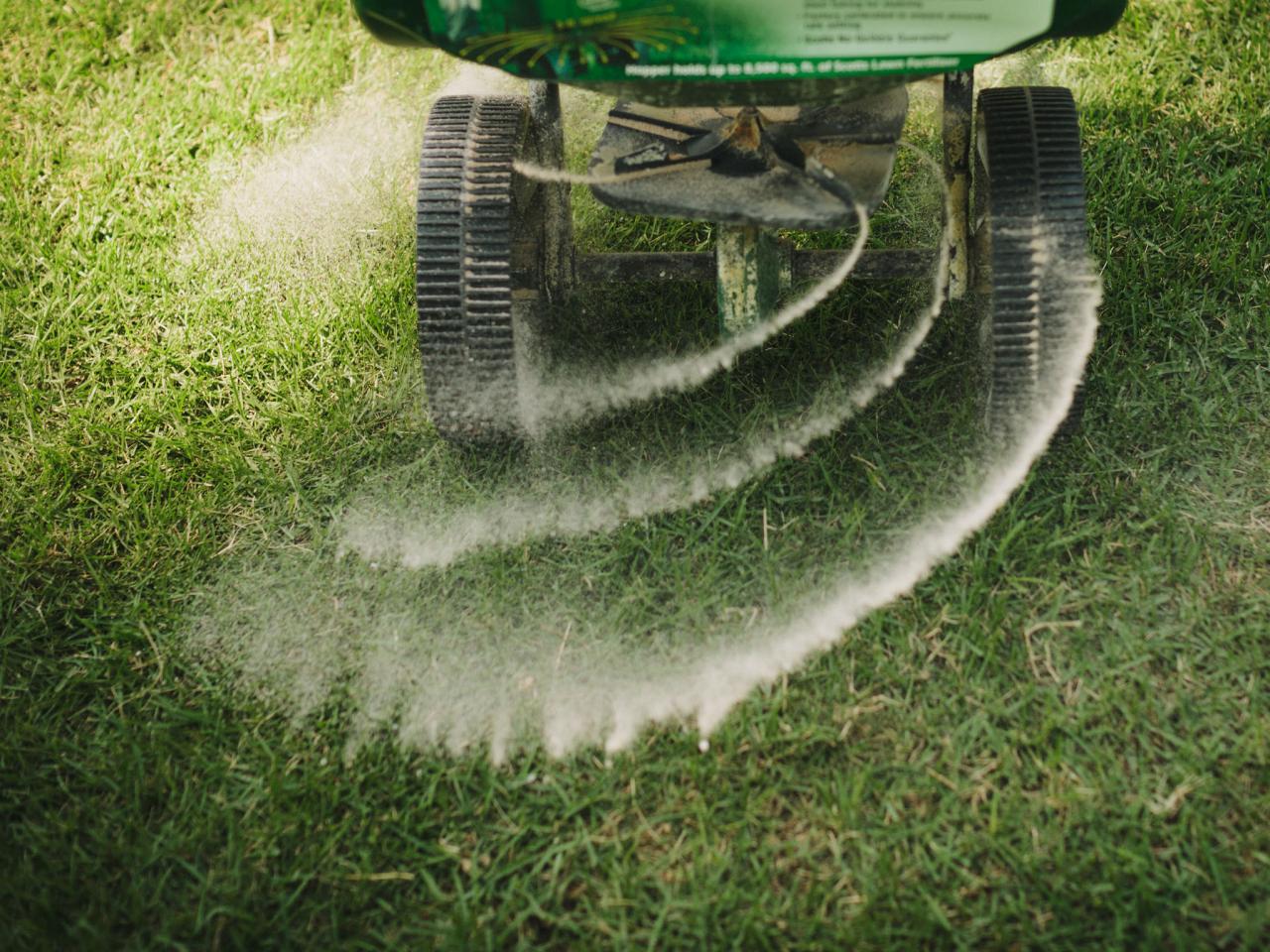
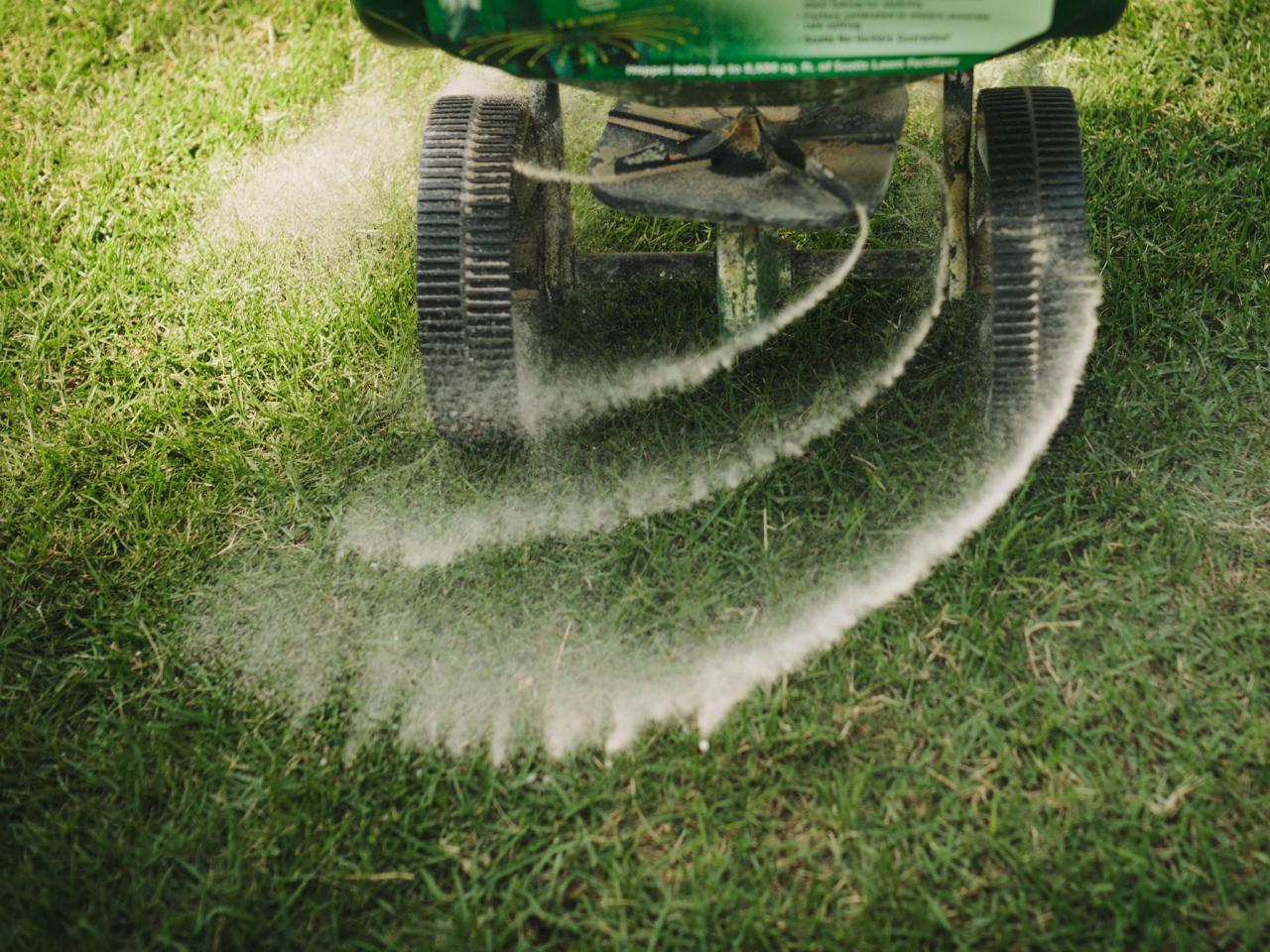
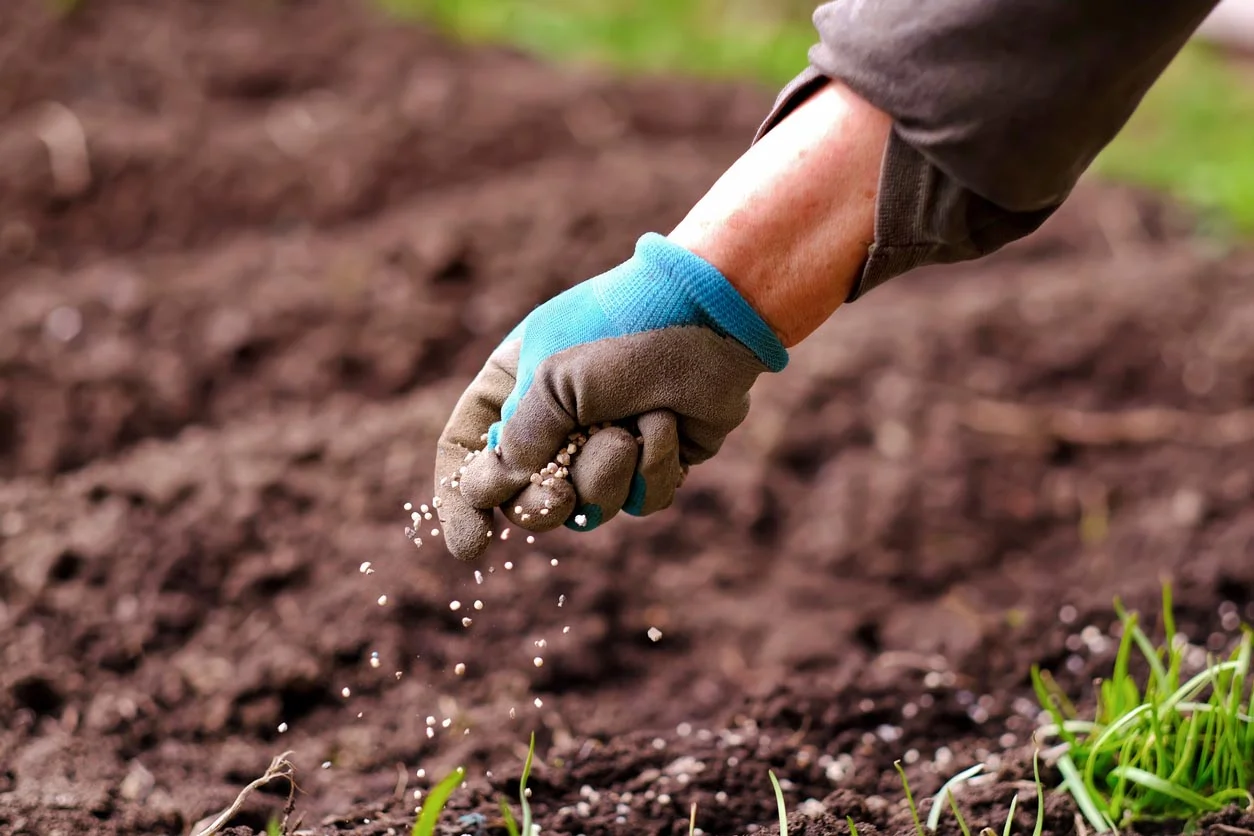
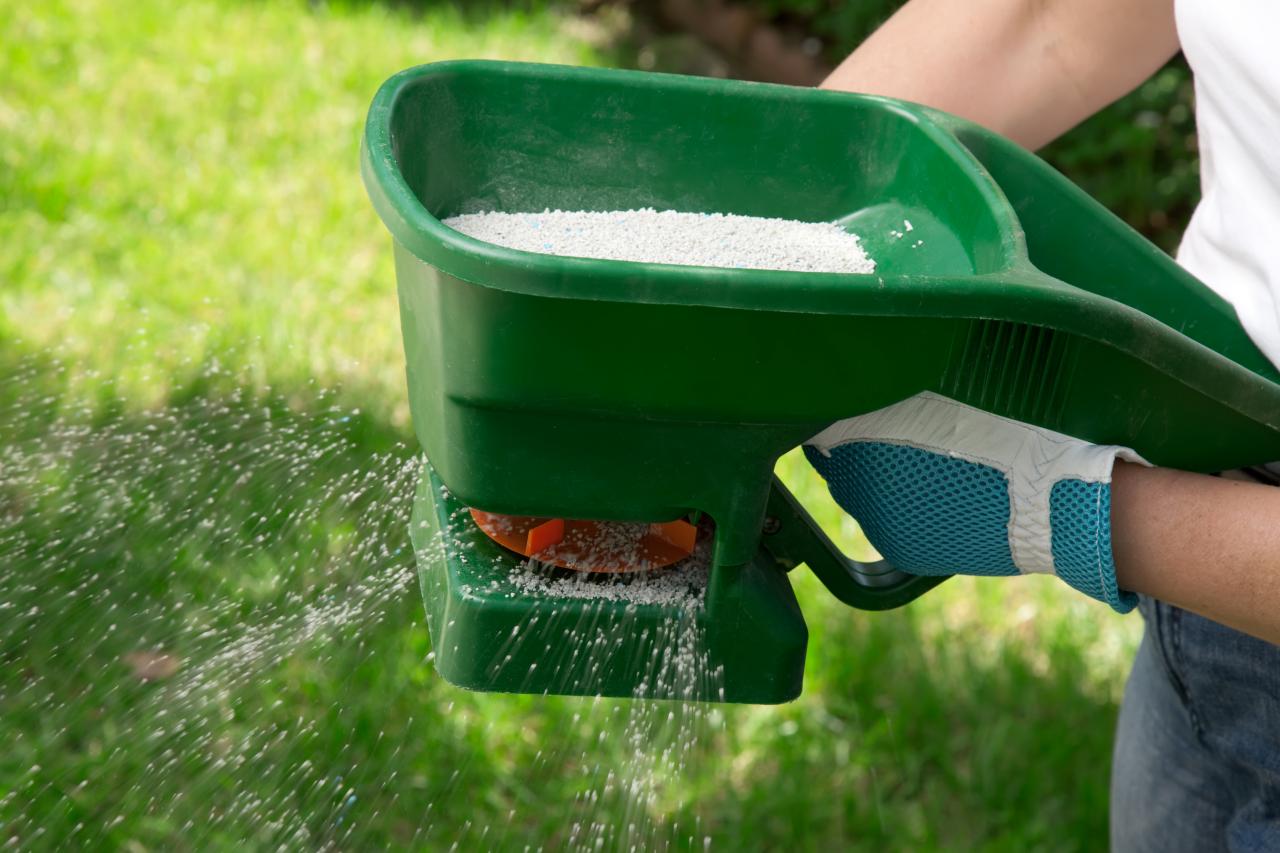
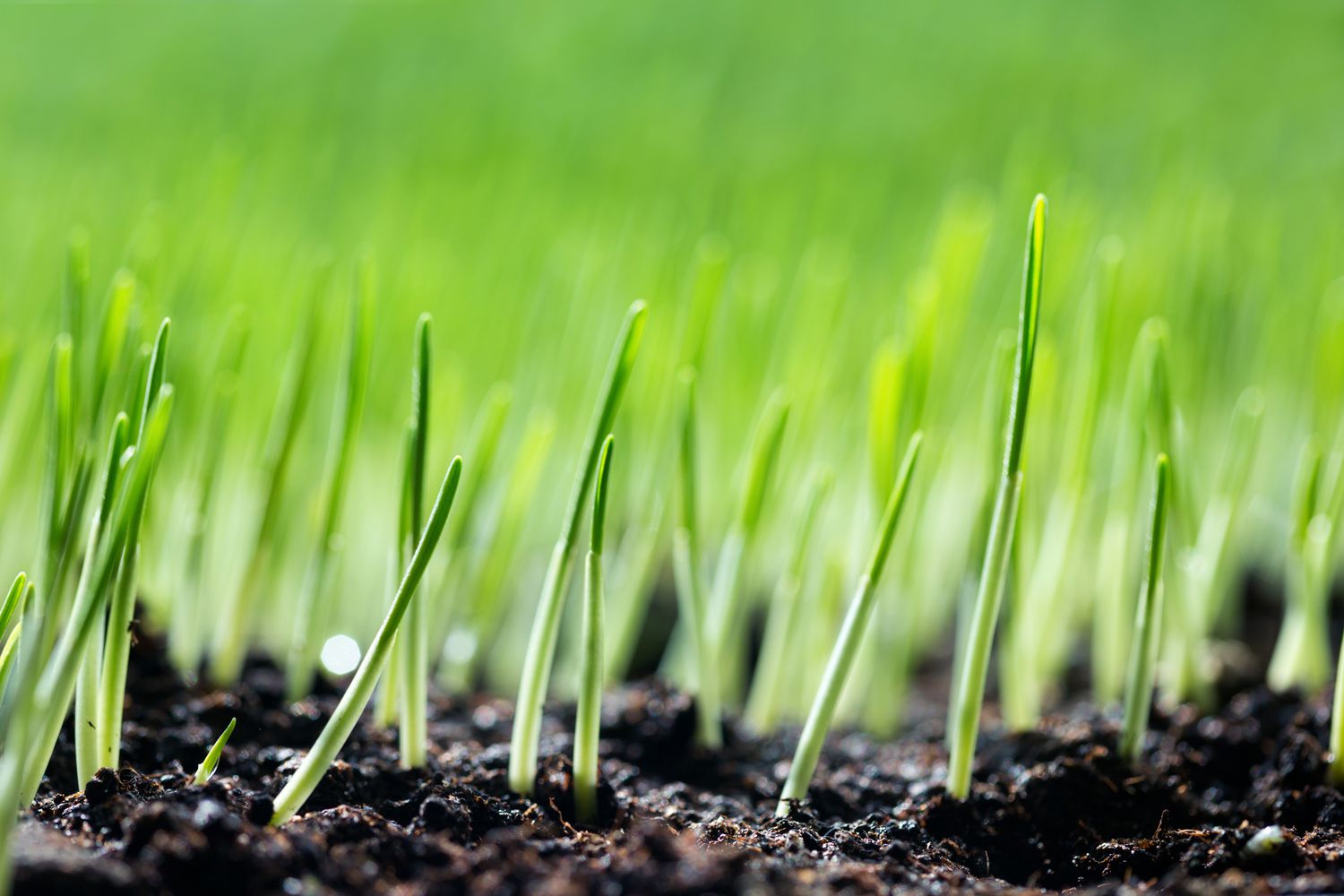
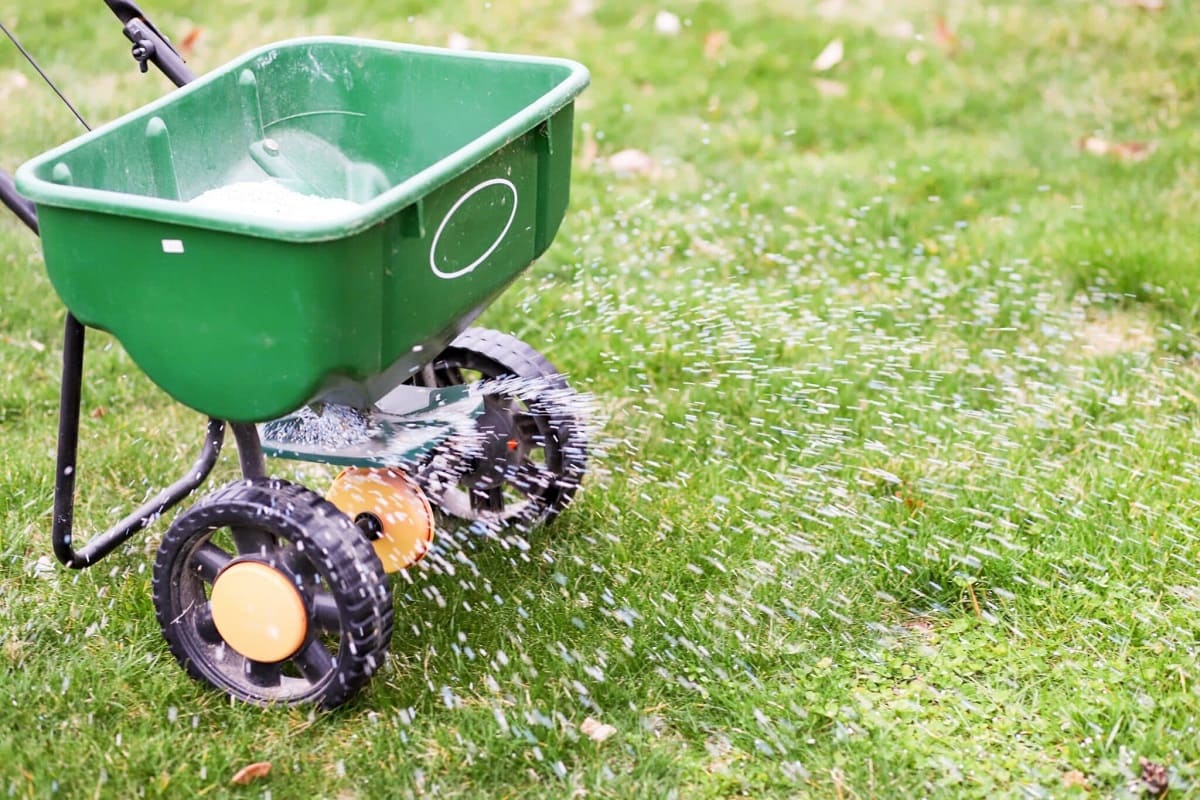
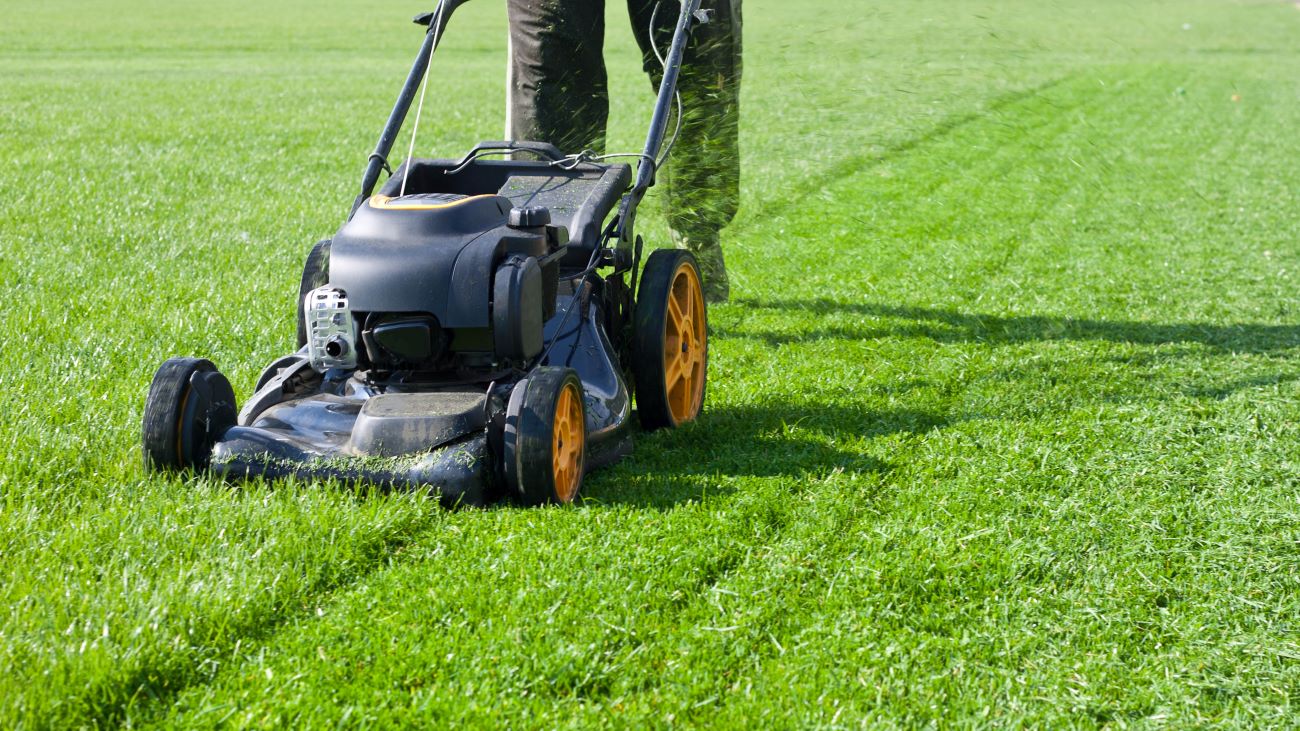
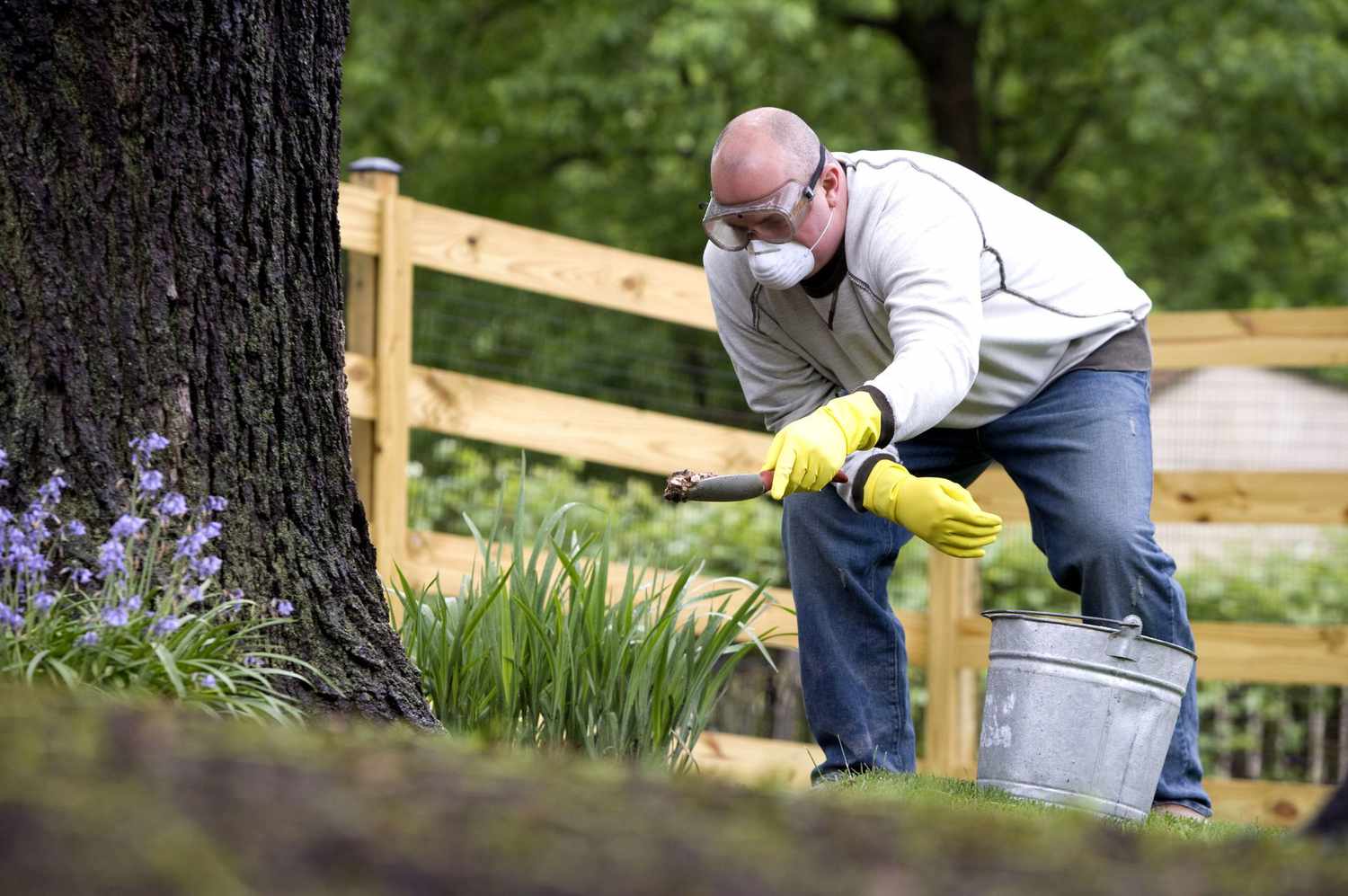
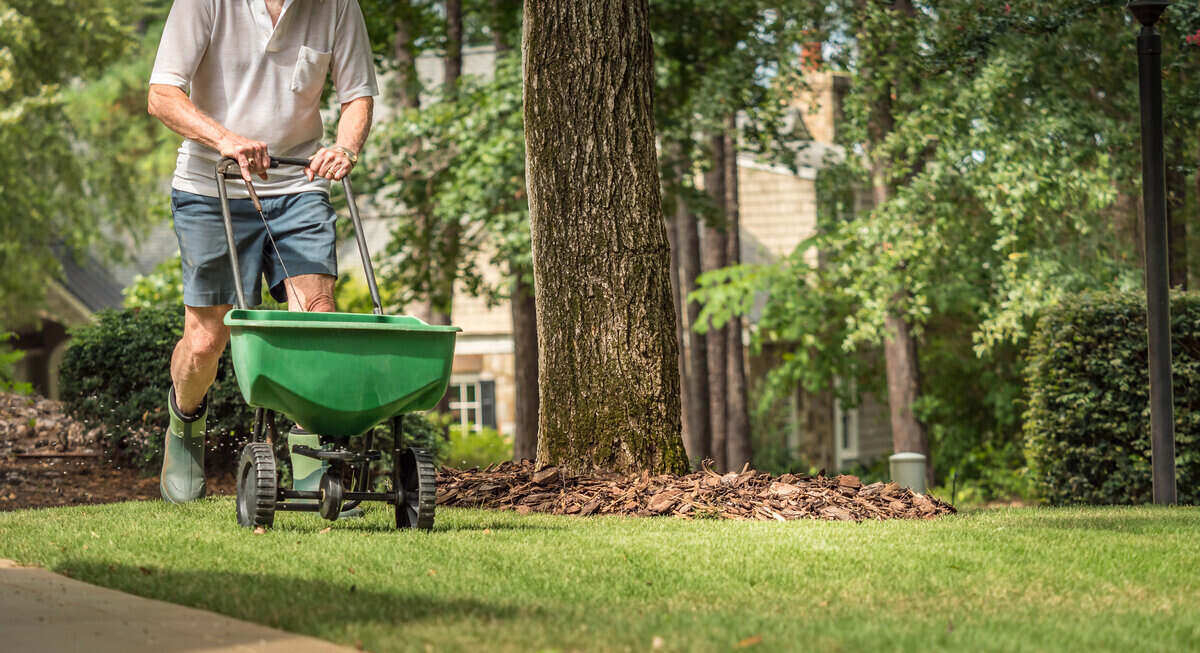
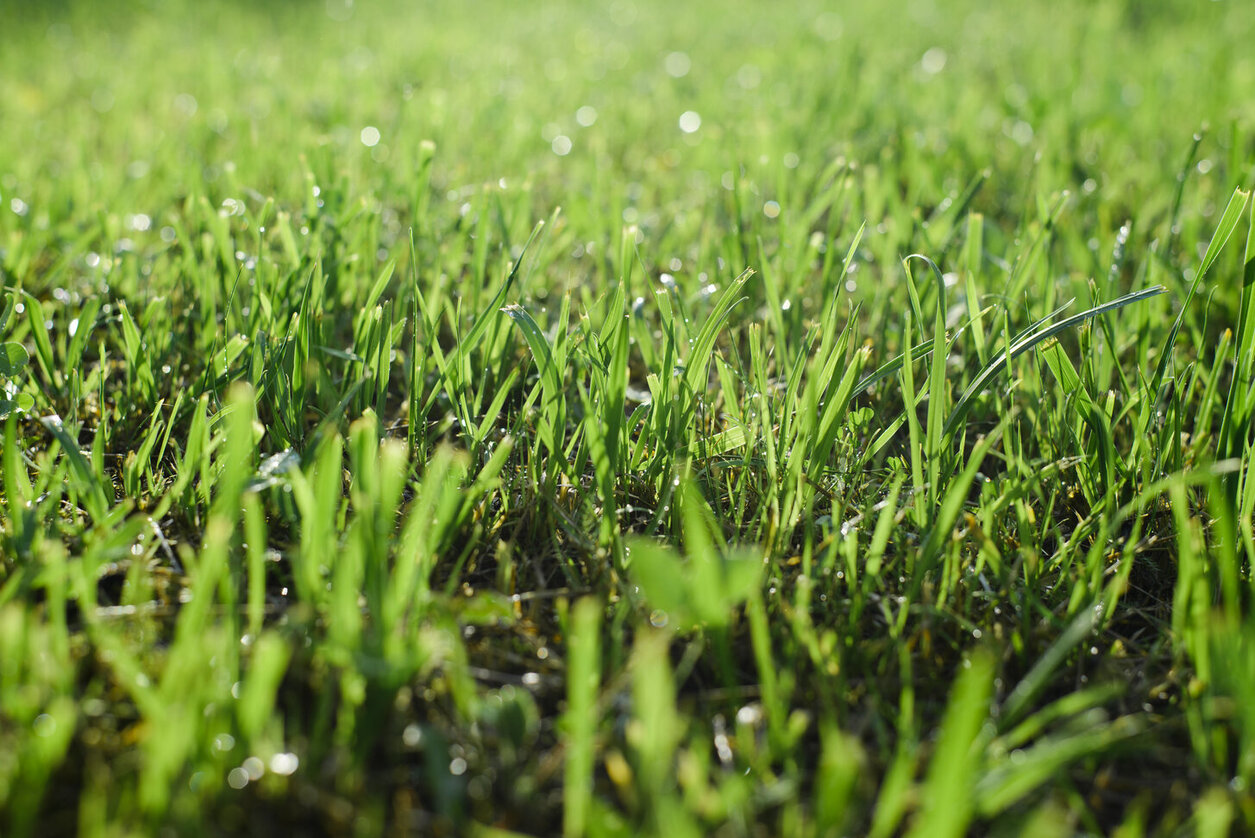
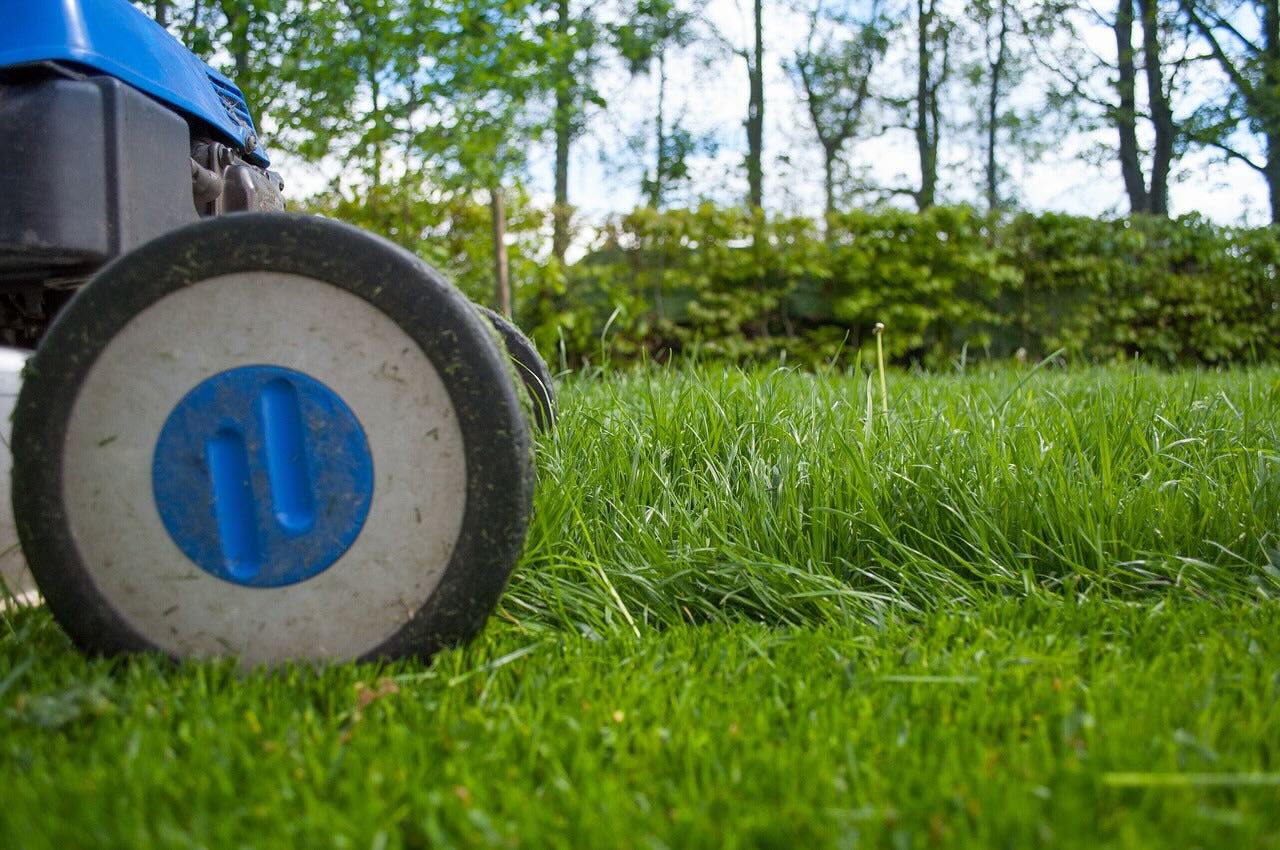
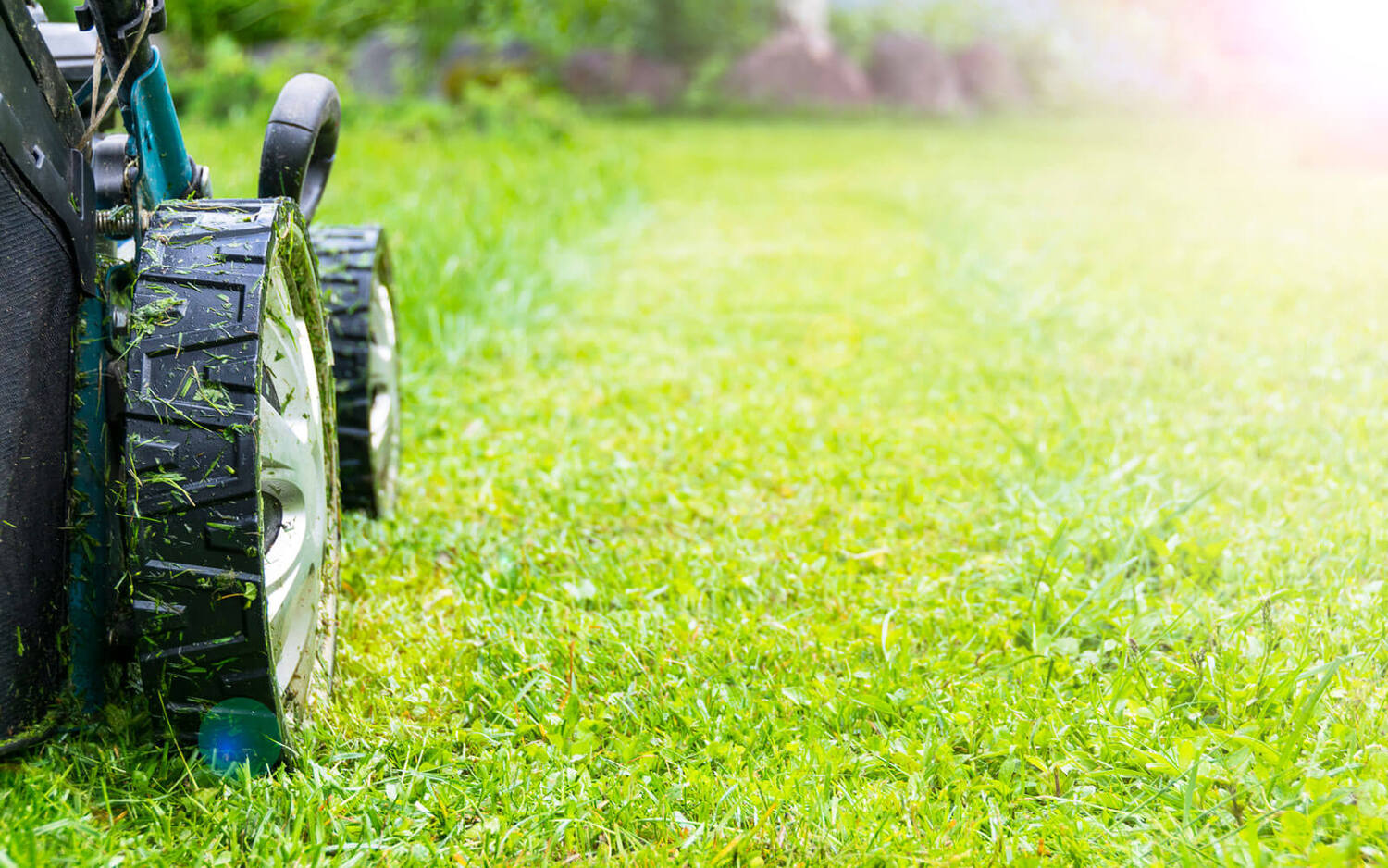
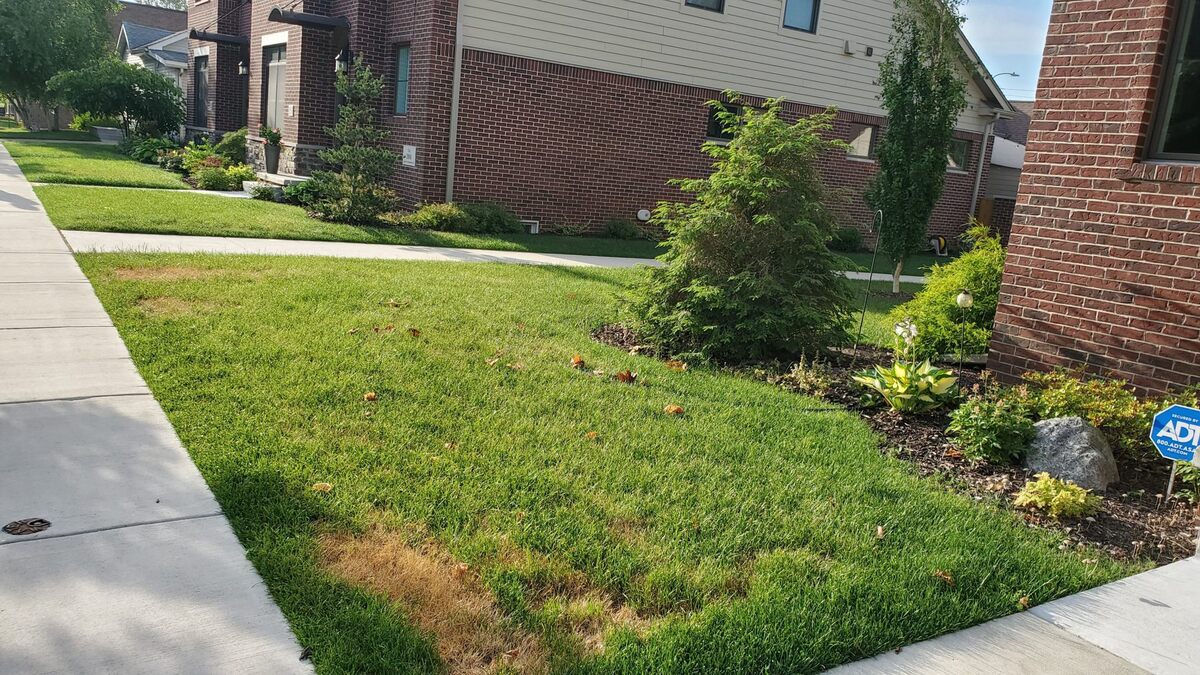
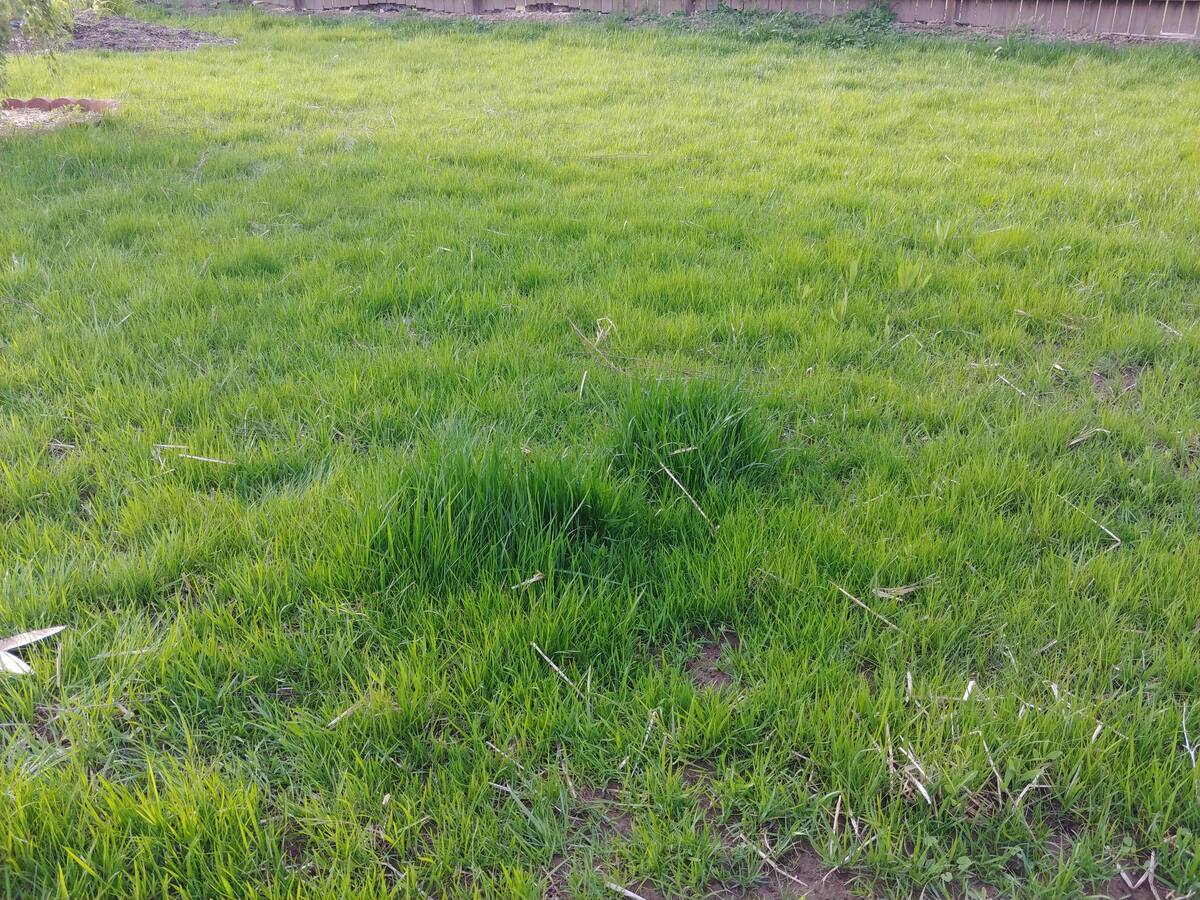

0 thoughts on “When To Fertilize My Grass”